Childlike, whimsical, and humorous, London-based industrial designer Thomas Wheller’s creative outcomes—irrespective of their allocation under product design, furniture design, interior design, restaurant design, or homeware—are unanimously driven by the intent of devising designs that demonstrate playfulness, innocence, and ease. While some of his earlier works such as Primary Stool and Secondary Stool elicit a nostalgic response with their soft edges, smooth tactility, and animated visage, Wheller’s ongoing Spoon series—an experiment in wood carving—is a collection of scoops, ladles, and dippers that caught our attention with their expertly chiselled features.
Wheller began crafting sculptural spoons at the inception of his career as a designer. In fact, it was one of the first things he ever made. Since then, the British designer has chiselled several objects out of wood. While some of these designs enhance and improve the function of different kinds of spoons, others challenge the traditional forms typically associated with various varieties of the kitchenware object. “I continued to carve spoons throughout my development as a designer. They’ve given me a tangible map of my progression. Through them, I can see how my conceptualisation, designing, and carving have improved over time,” the product designer explains.
This tangible marker that the designer talks about is clearly visible in the expert adeptness that defines his most recent spoons—in comparison to the ones created by him at the beginning of the Spoon series. Wheller’s spoons are the product of his personal explorations. They are not a part of his commercial practice, and hence, serve as moulds that can be played on, without the pressure of building something remarkable or perfect. "I view spoons as a vessel to create unusual, sculptural objects that are more easily accepted by the public. The instinctual human nature of spoons allows you to bring new ideas to the table—quite literally, be it a new form, method of interaction, or material,” he says.
Picking up the knives and chisels of his grandfather, who was a skilled woodworker, Wheeler carves collectible sculptural objects for his family and friends alike. He believes that spoons are neutral objects that absorb atypical features and unusual experiments with ease. He says, “When you see a spoon-like object, your initial thought is to scoop with it, even if its appearance is not what you’re used to. I suppose the same goes for chairs, this might be why we see more atypical chairs than any other type of furniture.”
The first spoon crafted by Wheller—and named Spoon 1—was a traditional ladle carved out of scavenged pallet timber found in an alley. Made during the pandemic, it was Wheller’s first attempt at carving. “Lock-down had just come into effect. I was frustrated with being unemployed, spending my days in my tiny room working on a portfolio of designs that only existed virtually in render form. I needed to get outside, work with my hands and produce something tangible,” he explains, citing the time that marked the inception of the Spoon series. The designer always keeps one of the totems built by his grandfather close to him. Picking up his tools, Wheller began the process of creating sculptural artefacts.
The designer’s second attempt at building a spoon resulted in a flat piece, enhanced by a subtle curve on one end. For his third attempt, Wheller picked out some spare oak floorboards, shaped it into a heavy ladle and titled it Floor Spoon. The next object in line, built with an attempt to chisel finer pieces, is a small salt spoon—simple, sleek, and classy. Spoon 5 on the other hand, is a minimalist spoon, inspired by Japanese design and built to function as a mixing utensil. Unlike previous pieces, the spoon appears to have been made out of two separate pieces of wood.
Inspired by the early gun barrels that were built before the introduction of the lathe technology and hammered into octagonal profiles, Spoon 6 features a shallow head and a long octagonal handle. “I thought it would be funny to subvert this historical type of manufacture by carving an octagonal profile by hand,” he says. The designer’s seventh attempt at building the kitchenware object gave birth to a classic design, a ladle with a circular head and a long and sleek handle. While the designer built Spoon 7 as a gift for his mother, Spoon 8, shaped like a ribbon, was built for his father. Describing the spoon, Wheller says, “A surprise figure of 8 appeared in the grain as I removed the material. Though I’m a big fan of the form, the grain is the star of the show.”
While Spoon 9 is a more grainy iteration of Spoon 7, Spoon 10 is a well-proportioned all-purpose spoon. This spoon also marked a change in Wheller’s design process. Earlier, he’d sketch out the form of his spoons before carving them out. However, the designer eventually became more confident with his chiselling skills and began to let the process define the end product.
Shifting away from traditional geometric shapes and smooth textures that typically characterise kitchenware, Spoon 11 evokes images of dried, wilted twigs, and peanut covers. “This is the first of the many spoons for my girlfriend. She likes fun, unusual, and organic forms. Creating in this style allowed me to step out of my comfort zone and produce something I wouldn’t usually think of making,” the industrial designer says. The experimental spoon, sculptural in form, helped Wheller understand the aesthetic that he most identifies with, hence, defining his later processes—in designing and carving.
Spoon 12, a small sugar spoon that the designer crafted for his mother, strays from the typical style with rhythmic curves imprinted on its handle. While the deep bowl of the spoon makes it suitable for utilitarian purposes, this experiment in wood can easily be classified as a sculptural object worthy of acquiring as a device of remembrance or decoration. Wheller’s 13th spoon, an attempt at an all organic design, is characterised by a churro-like loop for the head and a smooth and long handle. “It felt very unnatural producing this type of design but was a great exercise for practising proportions when there’s no geometric forms to rely on,” the designer says.
Wheller's Spoon 14 builds on his previous churro spoon. “I wasn’t pleased with the previous spoon, but I felt that the style had some legs, so I wanted to give it another go,” he says. Simple, organic, and soft, Spoon 14 makes for a good addition to the designer’s collection. The 15th Spoon, comprising a trio, was a commissioned piece. The three spoons are defined by bowls of three different sizes and shapes. Wheller had this to say about Spoon 15(his first commissioned spoons), “Though I had a lot of freedom with this project, the responsibility of someone paying for your work meant I was overthinking every decision. I suppose this goes away with experience.”
Shifting away from configuring spoons with heads and handles, Spoon 16, inspired by the shape of traditional Canadian canoes, is characterised by one long crevice that stretches across the length of the object. While the outer surface is lacquered in red, the inner face is left bare. “The use of lacquer was inspired by a trip to Japan House, this however isn’t urushi lacquer, just conventional furniture lacquer,” the designer shares. He left the inner surface unfinished so that the wood’s medullary rays' natural grain would remain visible.
Wheller’s 17th Spoon is not a typical spoon, it is a combination of tongs and spoon that the designer built for his Nana. Citing the reference behind the spoon, he says, “The moment I finished sanding, I realised I had essentially copied the iconic archway at JB Blunk's estate. Blunk is a hero of mine, and at the time of making this I was diving into his archives, so I suppose his work was in my subconscious.”
Combining two functions once again in his next experiment, Wheller’s 18th Spoon resembles the iron locks of archaic doors. It was the designer’s first attempt at ironmongery—built under the tutelage of his cousin Brendan—and serves as both a bottle-opener and a spoon. “The original plan was to create a skull adorned bottle opener, but I couldn’t help myself from curving his head into a spoon,” the designer says. He plans on building more objects with iron in the future.
A recent iteration of Wheller’s Spoon series, Spoon 19, coloured in red and uniquely shaped to resemble a knife, is inspired by the small eroded channels in the Hvar coastline in the Adriatic Sea. The spoon serves as an extension to his lacquered pieces. It intrigues with its form. One must hold it in their hand, rotate it, and figure out its function. “I’m really pleased with the outcome of the side and back profiles. The composition and proportions feel balanced. The bright colour helps define the silhouette, drawing your focus towards the outline,” the designer shares.
The 20th Spoon is the product of an intuitive attempt at woodcrafting. Wheller built it during his lunch breaks while working at London-based Jan Hendzel Studio. Utilising the plethora of offcuts available at the design studio, he crafted this piece that resembles a cloaked person with a bump on its head.
For one of his most recent spoons—built using a carving knife—Wheller continues his series of small sugar spoons with bumps on their heads. “This ‘nipple' feels like a mock mortise and tenon joint,” he says. The spoon, rough in texture, is finished with a French polish.
Thomas Wheller plans on continuing this series of whimsy, organic, and experimental Spoons series as he moves forward in his professional journey. Bordering on collectable design, the spoons that make up the collection owe their uniqueness to the process and intent that guides the process of building each piece. They are personalised and indifferent to trends and conventions, hence ensuring their distinctiveness.






 Sign in with email
Sign in with email


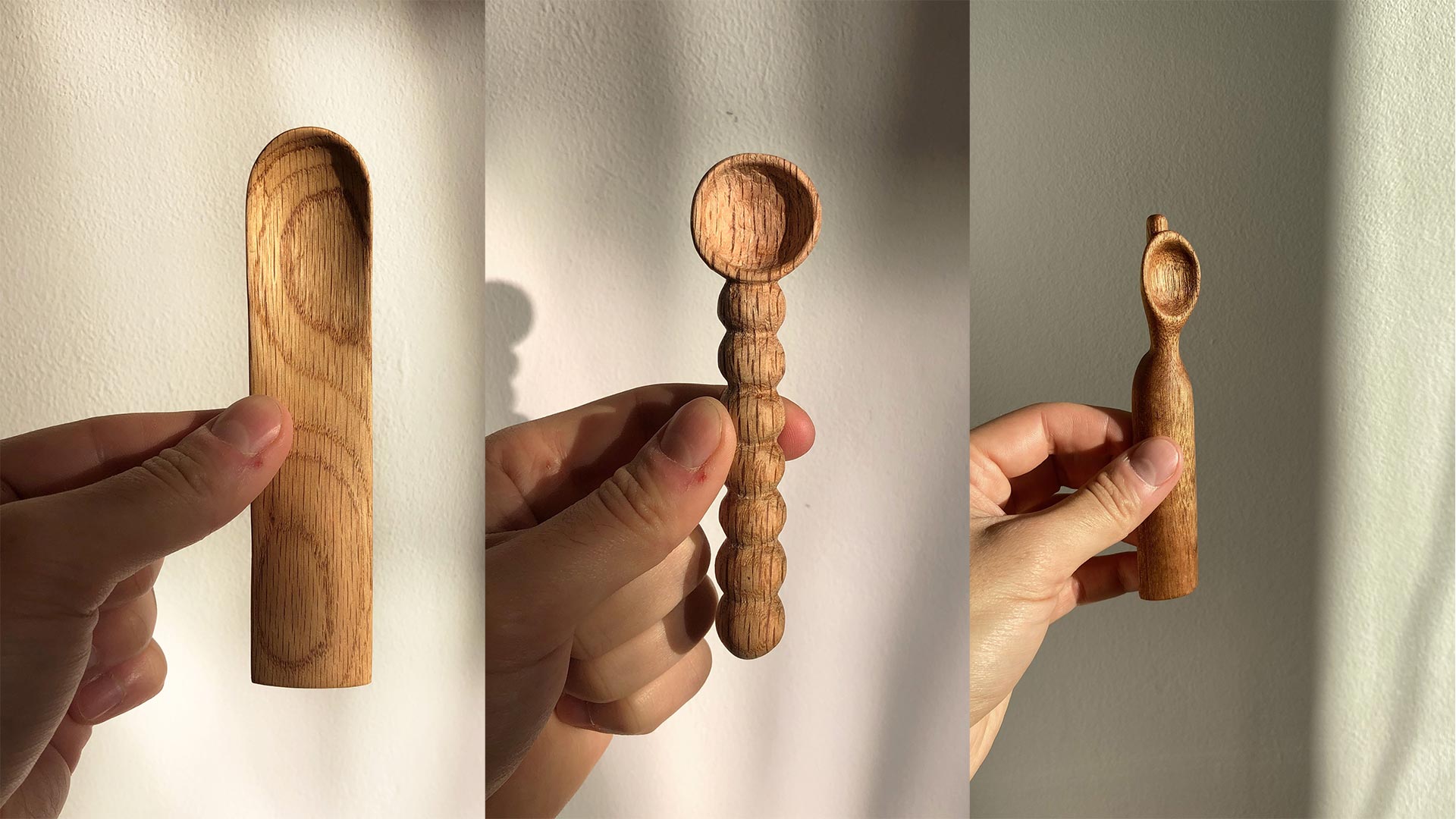
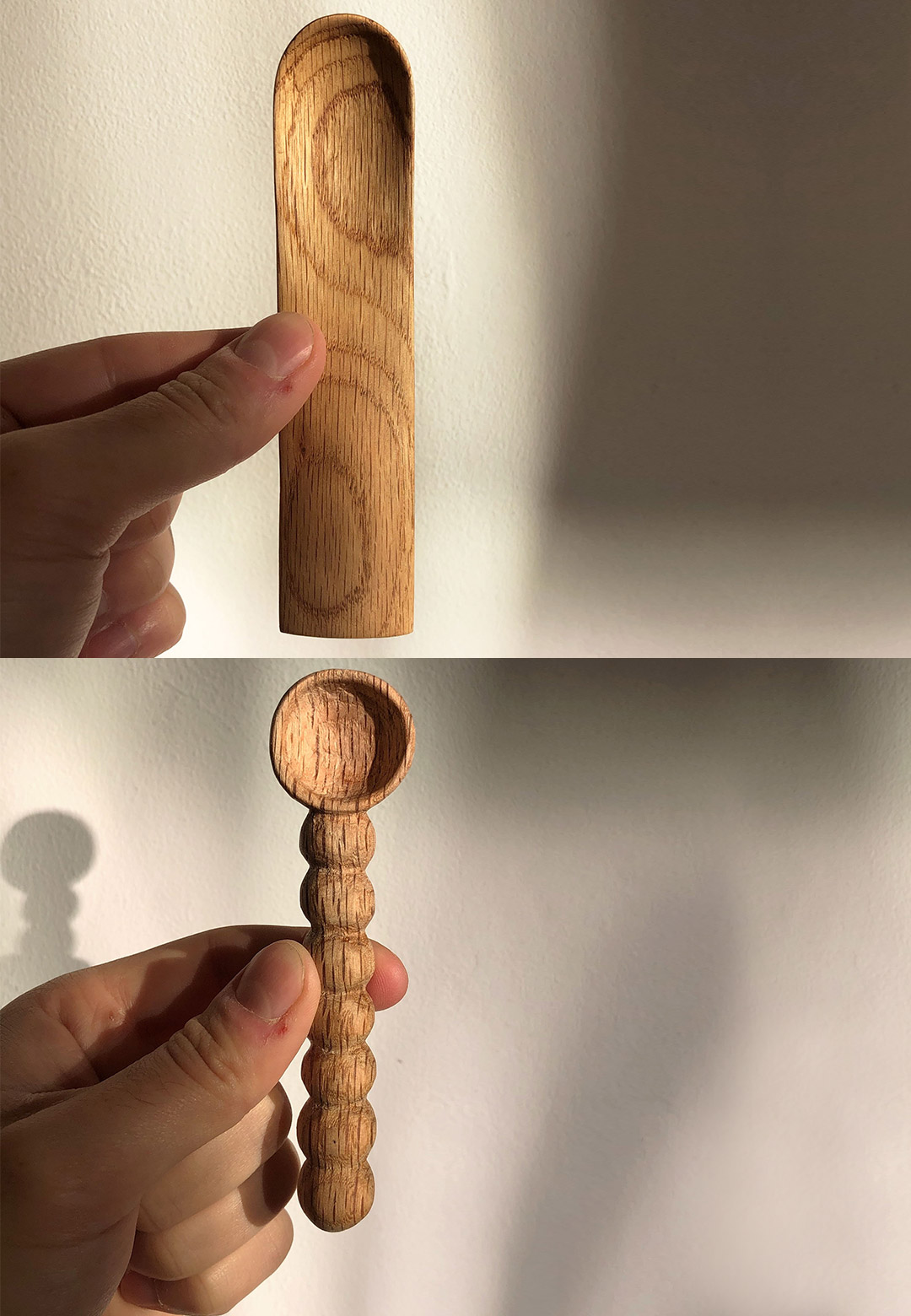
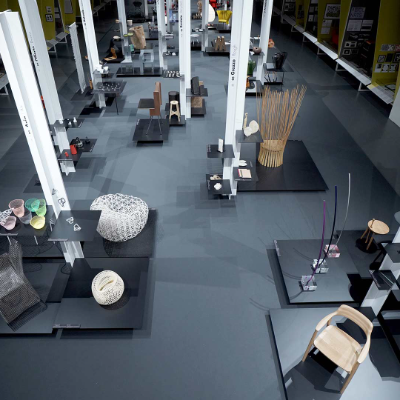

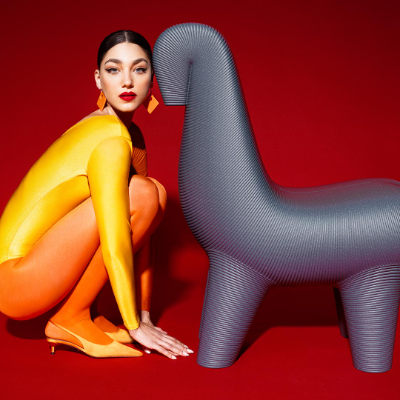
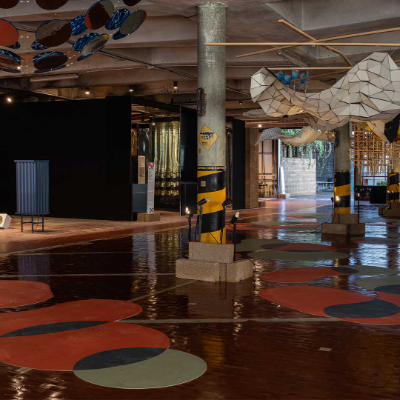
What do you think?